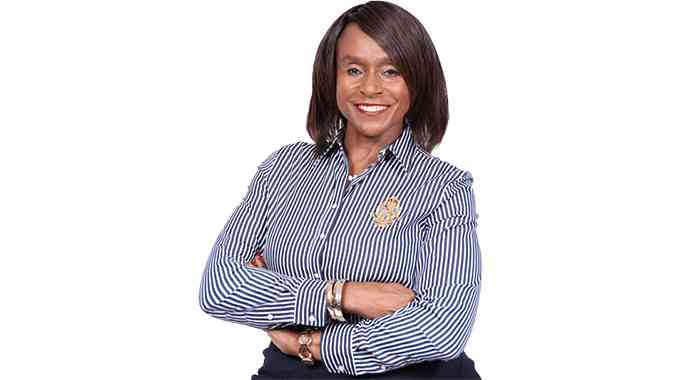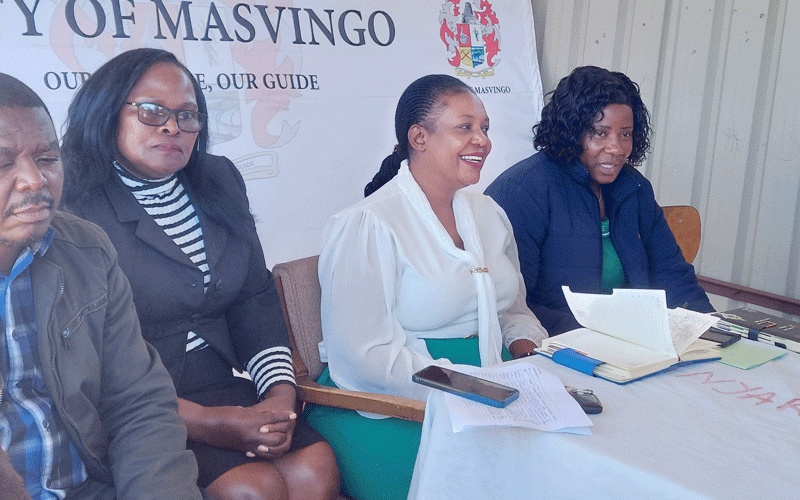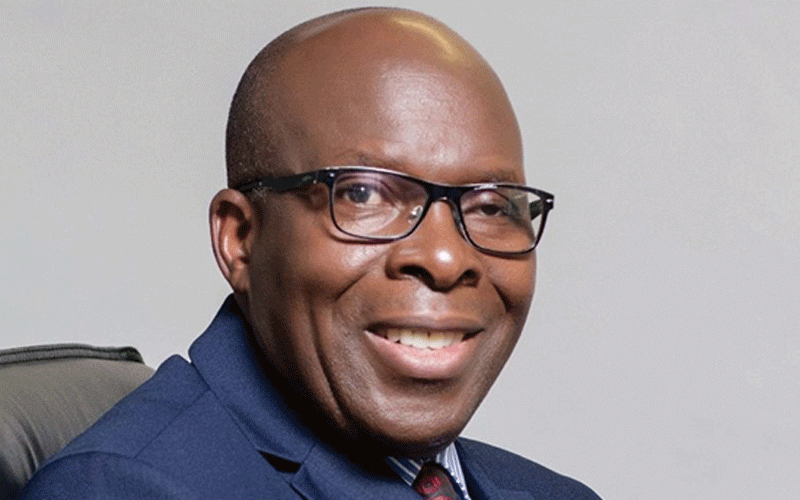
Dream Properties director James Ruza told businessdigest on Wednesday that prices of residential properties rose by an average of 12,5% while rentals rose by about 25% during the period under review due to shortage of properties and banks limiting loans.“Investing in a residential property, however, makes very good financial sense, especially if it means not having to pay rent. And if you can afford it, investment in real estate makes a huge amount of sense,” said Ruza.He however said most rentals were not justified as many landowners and estate agents where profiteering, at the same time failing to maintain property. “Overall, Zimbabwe’s residential property outlook is looking decidedly more positive with a number of factors culminating to inject renewed confidence and money in the market and delivering a number of compelling reasons why property is still your best investment,” Ruza said. Residential properties in high-density areas are being sold for between US$25 000 and US$40 000. Properties in medium density areas cost between US$45 000 and US$65 000. Residential properties in low-density areas are going for anything above US$90 000.Property analyst Micheal Russell said while the property market was adjusting itself after dollarisation, the same could not be said about building a house in low-density areas.“The rental yields, themselves a function of the income levels and the pace of economic activity, have improved in the middle density and low density segments but the cost of building when compared to the region has not,” Russell told businessdigest on Tuesday.In their latest property report, Seeff Properties’ International consultant John Spicer said some sellers were undecided with their properties following the announcement of the indigenisation regulations during the first quarter of the year.“Since February and the announcement of the Indigenisation Act some buyers have been sitting on the fence, and some had mistakenly believed that there were many desperate sellers,” he said. “There remains a shortage of secure properties with all the advantages that international tenants require, and this market has not been affected by the act. Properties that can be rented to this group of individuals are the best and safest residential investments in Zimbabwe today.”Spicer said such homes require a good area, good security, borehole, water tank, generator, inverter and electric gates.“Many properties without these advantages, and with problems of security or water, are not achieving the prices owners are demanding, particularly since the announcement of the indigenisation regulations,” he said.The availability of loans for properties mainly below US$50 000 is expected to increase activity on the property market as investors take positions to acquire inflation-proof investments.Most properties in the low-density suburbs of major cities of Harare and Bulawayo are above US$100 000. The residential property market has been active especially in areas below US$50 000. Most houses in this bracket are said to be “below standard and unworthy of the asking price” but buyers were prepared to make renovations at their own pace when they buy the property.A recent survey by Joina Properties shows that nearly 60% of its subscribers are interested in acquiring a home of less than $50 000 almost immediately. During the first quarter of the year, it was said to be cheaper to buy a finished residential property than building one. Analysts said what has made building a residential property more expensive was the cost of building materials which are still high due to duty imposed on imports.Construction Industry Federation of Zimbabwe president Daniel Garwe said buying a finished product was still cheaper in Zimbabwe than building a similar property.“Prices of building materials are still expensive in Zimbabwe. This is because most of the building material is imported,” Garwe said. “Imported building materials are expensive because of the duty that is imposed. Some builders and contractors still have a Zimbabwe dollar mindset of profiteering.”Garwe, however, said the advantage of building one’s own house was that “everything is done as per one’s instruction”.“Most properties are in need of renovation as a lot of homeowners were failing to maintain their houses during the hyperinflationary environment,” he said.Ailse Properties managing director Andrew Chifamba also said building a residential property was expensive.“A house in a medium density area such as Msasa Park is being sold for between US$30 000 and US$40 000. It costs about US$250 per square metre to build which can translate to about US$55 000, which is more expensive without including other unforeseen costs,” Chifamba told businessdigest.Chifamba said building could be cheaper if potential homeowners sourced building materials by themselves and took longer to build without stretching their budgets.“In Highlands a stand costs about US$40 000. The value of a property on that land costs between US$100 000 to U$200 000. It will cost more if one is to build a house that is in the same league as those in the same neighbourhood,” Chifamba said.
Paul Nyakazeya











